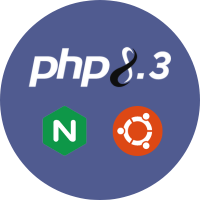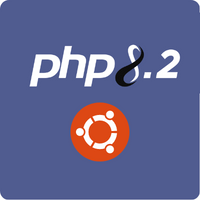A basic guide to GitHub Actions
In the world of software development, making things easier is always a win. And that's exactly where GitHub Actions steps in to save the day. It's like having an efficient assistant that takes care of all the repetitive tasks for you, so you can concentrate on the creative aspects. Let's take a closer look at why GitHub Actions is such a useful tool.
Automating repetitive tasks with GitHub Actions
Imagine never having to manually run tests, deploy code, or notify your team again. It's a time-consuming process that eats into your productivity. GitHub Actions handles all these tasks and more, freeing up your time for more important work. For example, you can set up a workflow that triggers whenever you push new code to your repository. This workflow can automatically run your unit tests, build the application, and deploy it to a staging server for testing. All of this occurs effortlessly in the background, freeing up your time to concentrate on coding and addressing issues directly.
With GitHub Actions, customization is key. You have the power to create workflows tailored to your exact needs, using simple YAML code. The beauty of GitHub Actions lies in its compatibility with a wide range of tools and services. For instance, if you use Slack for team communication, you can set up a workflow that notifies your team in a Slack channel whenever a new pull request is opened or a deployment is completed. With thousands of pre-built actions available, you have endless options to enhance your workflow.
Continuous Integration with GitHub Actions
Let's explore a concrete example to illustrate how GitHub Actions can facilitate continuous deployment. Imagine you're developing a web application and want it to be automatically deployed to your production environment whenever new code is pushed to the master branch. To achieve this with GitHub Actions, start by crafting a YAML file named deploy.yml within the .github/workflows directory in your repository. This YAML file will delineate the workflow for deploying your application.
Here's an example of what the deploy.yml file might contain:
# .github/workflows/deploy.yml
name: Deploy to Production
on:
push:
branches:
- master
jobs:
deploy:
name: Build and deploy to Production
runs-on: ubuntu-latest
steps:
- name: Checkout code
uses: actions/checkout@v4
- name: Set up Node.js
uses: actions/setup-node@v4
with:
node-version: 18
- name: Install dependencies
run: npm install
- name: Build
run: npm run build
- name: Deploy
run: |
# Add your deployment script here
echo "Deploying to production..."
In this example, the workflow is triggered whenever a push event occurs on the master branch. It operates on an Ubuntu latest runner and comprises several steps:
Checkout code: Retrieves the latest code from the repository.
Set up Node.js: Configures the Node.js environment for building the application.
Install dependencies: Installs the project dependencies using npm.
Build: Constructs the web application using npm scripts.
Deploy: Executes the deployment script. In this example, a placeholder echo command is utilized, which you would replace with your actual deployment commands.
By crafting and configuring this YAML file, GitHub Actions will automatically deploy your web application to the production environment whenever new code is pushed to the master branch, providing a seamless and efficient continuous integration process.
Conclusion
GitHub Actions emerges as an essential component in the toolkit of contemporary developers, offering a fluid solution for automating workflows, integrating with various tools and services, and enhancing collaboration across projects. By using its capabilities, developers can streamline their processes, boost productivity, and focus more on innovation and problem-solving. GitHub Actions empowers developers to optimize their workflow and deliver high-quality software efficiently.



0 Comments